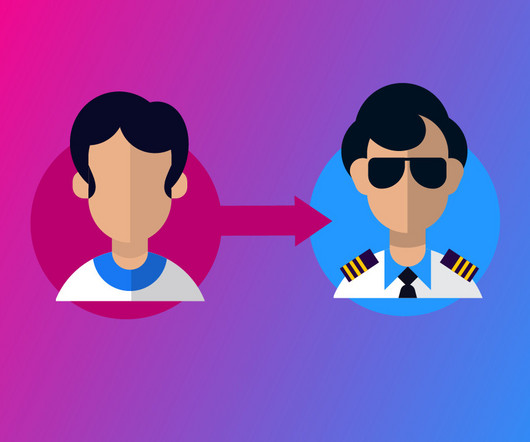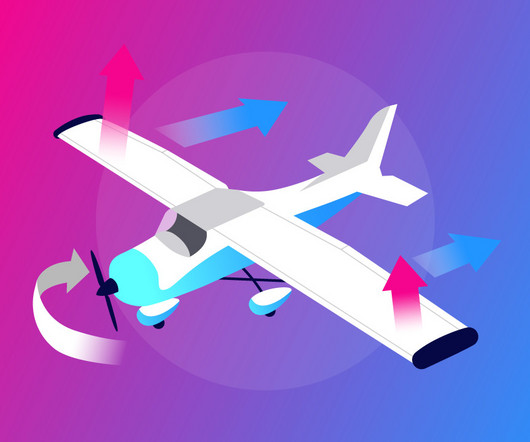Airspeed and Altitude Control Simplified: Tips for Stable Flying
Pilot Institute
NOVEMBER 16, 2024
For instance, an aircraft maintaining a steady IAS at 30,000 feet will have a faster TAS than at sea level due to reduced drag from thinner air. This means less drag and faster ground speed. How can I know my true airspeed and equivalent airspeed in flight?” This makes high-altitude flight much better for fuel efficiency.













Let's personalize your content